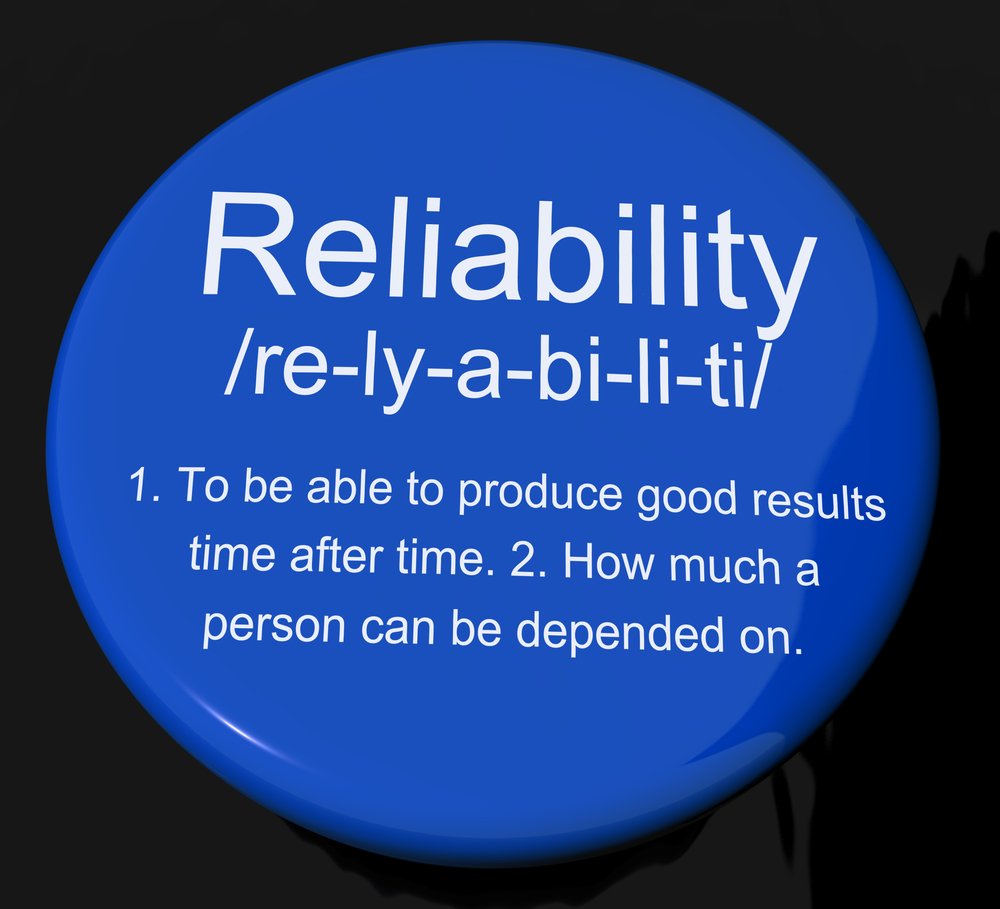Boosting Electrical Reliability with Enclosure Cooling

The use of electrical equipment has revolutionized the electrical industry by reducing costs and making sophisticated electrical control systems practical. Examples include variable frequency drives, PLCs, and electrically controlled circuit breakers.
Despite these benefits, electrical equipment has an Achilles heel: it is sensitive to heat and unless specially designed cannot operate reliably at elevated temperatures. Concurrently, it generates significant heat, far more so than earlier generations of electro-mechanical equipment, and active enclosure cooling is required to keep electrical equipment cool and to enhance equipment reliability.
Effect of High Temperature on Electrical Equipment
Two issues relate to electrical equipment operating temperature. At component level, electrical equipment becomes less stable as temperatures rise. Secondly, although it’s possible to design electrical equipment to operate at high ambient temperatures, for cost reasons this is generally not done. Generally manufacturers of power electrical equipment design for relatively low maximum temperatures.
For example, industry leading PLCs have a maximum operating temperature of 140 ºF (60ºC) and popular motor control drives have a maximum of 130 ºF with de-rating above 104 ºF (40ºC). Consequently, when enclosure temperatures rise, electrical equipment reliability suffers.
Lower Operating Temperatures Increase Equipment Reliability
It is well known that running electrical equipment at lower temperatures extends its life, but it’s not appreciated how significant this effect is. The phenomenon is modeled using the Arrhenius Equation, which evaluates the effect of temperature rise. The formula shows that service life is halved if component temperature increases by 20 ºF from 75 ºF to 95 ºF.
Reliability of electrical equipment is enhanced by running at lower temperatures in two ways. Firstly, equipment life is significantly extended and, secondly, intermittent, temperature induced equipment variations and glitches that occur when electricals overheat are avoided.
Heat Sources
The temperature of an electrical enclosure depends upon the heat load from three sources:
-
Heat generated by the equipment: The equipment is usually the primary source of heat, and the heat load is calculated from the manufacturer’s heat dissipation tables or derived from the efficiency of the equipment.
-
Ambient air temperature: Ambient air temperature that is higher than the enclosure operating temperature will add to the heat load.
-
Solar radiation: Enclosures exposed to the sun experience significant heating due to solar radiation. The effect can be reduced by insulation, reflective paint, or a sunshield.
The heat load is summated and used to calculate the capacity of the enclosure cooling system.
Heat Removal Methods
Apart from natural ventilation, there are three methods of removing heat from an electrical enclosure. These are:
-
Filtered fan packages: This is an economical solution when the heat load is low and the enclosure is in a cool and clean environment.
-
Air to air heat exchanger: If the enclosure needs sealing to avoid dust or corrosion due to moisture or vapor and the ambient temperature is moderate, a closed loop heat exchanger enclosure cooling system is an efficient solution.
-
Enclosure air conditioners: These are suited for high heat loads in difficult environments and can be sized to suit almost any enclosure heat load.
Condensation
In outdoor enclosures where ambient temperatures fall below the dew point, water will condense on cool surfaces, causing corrosion and damage to electrical components. This can be avoided by fitting a heater to the enclosure cooling system to ensure internal temperatures are maintained above the dew point.
Cooling Enhances Equipment Reliability
By reducing the enclosure temperature, equipment runs cooler and its reliability is significantly improved. An added benefit is that the life of the electrical equipment in the enclosure is greatly extended, which more than justifies the additional cost of an enclosure cooling system.
If you would like to ensure that electrical equipment keeps running smoothly and avoids thermal management issues, speak to the experts at Thermal Edge today.


